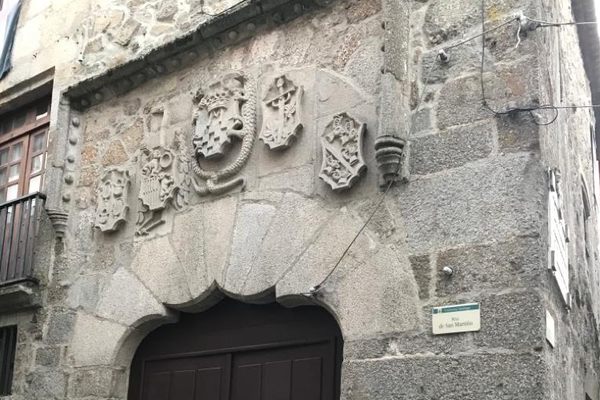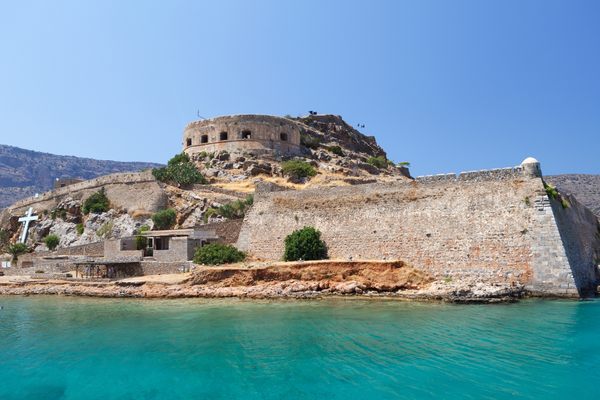AO Edited
Isla de San Simón
This small, lush island has a long and bloody history.
On the island of San Simón, Canarian palms grow alongside acacia and eucalyptus. A pathway lined with boxwood trees known as the Paseo de los Buxos welcomes visitors to the small island off the coast of Vigo, Spain.
The Isla de San Simón is part of the San Simón archipelago along with several other islets. These small spits of land are part of an estuary environment that supports important biodiversity.
Though it currently has no permanent residents, San Simón has seen a number of inhabitants over the years. The earliest records of inhabitance dates back to the 12th century when a monastery founded by the Order of the Temple was established on the island. The Knights Templar and other religious sects were the island’s main residents until the 14th century, when it was abandoned.
Over the following centuries, San Simón saw a number of naval battles and was used as a hiding place for valuable cargo. From 1838 to 1927 the island housed a quarantine station for those with serious contagious diseases including cholera and leprosy.
Not long after the quarantine site shut down, its buildings were repurposed for use as a penal colony during the Spanish Civil War. Political prisoners from all over Spain were held at the camp, where they were subjected to inhumane living conditions and mass executions. The camp was shut down in 1948.
Today, the Spanish government has turned San Simón into an “Isla del Pensamiento” (“Island of Thought”), meant to honor the history of the island and inspire deep, creative thought. In addition to the historic buildings, sculptures scattered across the island memorialize different parts of its heritage. A partially submerged monument on the east shore commemorates San Simón’s appearance in Jules Verne’s 1870 novel Twenty Thousand Leagues Under the Sea.
The island houses ancient graveyards, sculpture gardens, and surprises around every turn. It can only be accessed by boat.






















Follow us on Twitter to get the latest on the world's hidden wonders.
Like us on Facebook to get the latest on the world's hidden wonders.
Follow us on Twitter Like us on Facebook